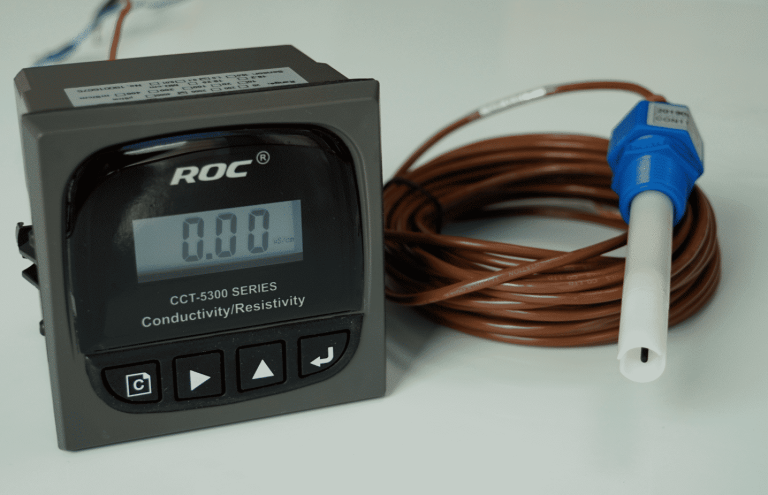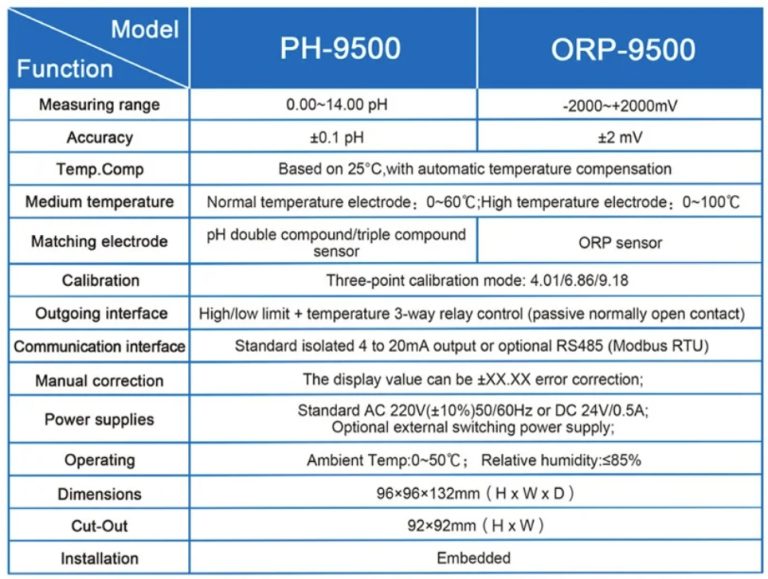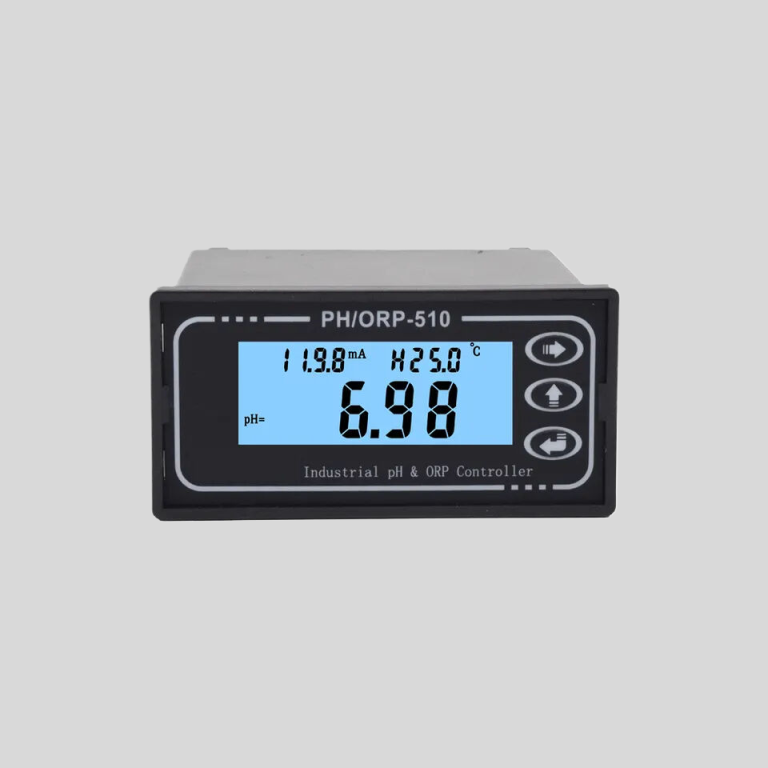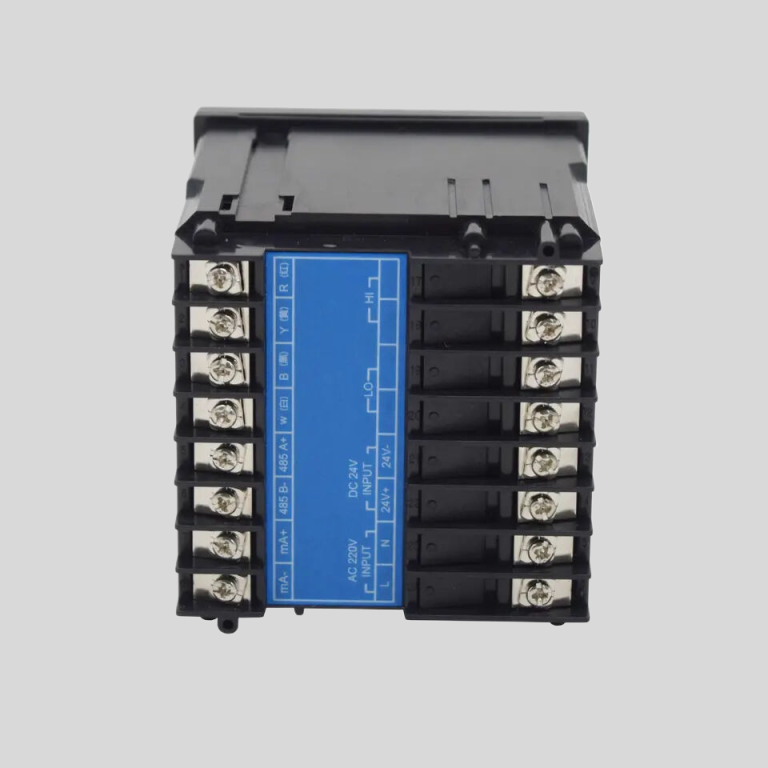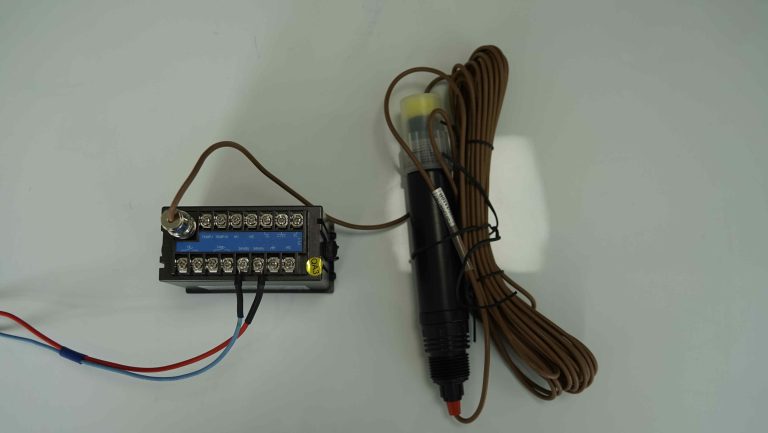Table of Contents
Benefits of Using dissolved oxygen sensors in Aquaculture
dissolved oxygen sensors are essential tools in aquaculture for monitoring the levels of oxygen in water. These sensors play a crucial role in ensuring the health and well-being of aquatic organisms by providing real-time data on oxygen levels. By using dissolved oxygen sensors, aquaculturists can make informed decisions to optimize water quality and create a suitable environment for fish, shrimp, and other aquatic species.
One of the key benefits of using dissolved oxygen sensors in aquaculture is the ability to prevent oxygen depletion. Oxygen is vital for the survival of aquatic organisms, and low oxygen levels can lead to stress, disease, and even death. By continuously monitoring oxygen levels with sensors, aquaculturists can detect any fluctuations and take immediate action to prevent oxygen depletion. This proactive approach helps to maintain a stable and healthy environment for the aquatic species.
In addition to preventing oxygen depletion, dissolved oxygen sensors also help in optimizing feeding practices. Oxygen levels can affect the metabolism of aquatic organisms, and overfeeding can lead to an increase in organic matter and a decrease in oxygen levels. By monitoring oxygen levels with sensors, aquaculturists can adjust feeding practices accordingly to ensure that the aquatic species receive the right amount of food without compromising water quality. This not only promotes the growth and development of the aquatic organisms but also reduces the risk of water pollution.
Furthermore, dissolved oxygen sensors are valuable tools for assessing the overall water quality in aquaculture systems. Oxygen levels are closely linked to other water parameters such as temperature, pH, and ammonia levels. By monitoring oxygen levels with sensors, aquaculturists can gain insights into the overall health of the aquatic environment and identify any potential issues that may arise. This comprehensive approach to water quality management helps to prevent disease outbreaks, improve growth rates, and enhance the overall productivity of aquaculture operations.
Another benefit of using dissolved oxygen sensors in aquaculture is the ability to track the effectiveness of aeration systems. Aeration is a common practice in aquaculture to increase oxygen levels in water and promote the circulation of nutrients. By monitoring oxygen levels with sensors, aquaculturists can evaluate the performance of aeration systems and make adjustments as needed to ensure optimal oxygen distribution throughout the water column. This proactive approach helps to maximize the efficiency of aeration systems and maintain a healthy environment for the aquatic species.
In conclusion, dissolved oxygen sensors are valuable tools for monitoring and managing oxygen levels in aquaculture. By using sensors, aquaculturists can prevent oxygen depletion, optimize feeding practices, assess water quality, and track the effectiveness of aeration systems. These benefits ultimately contribute to the health and well-being of aquatic organisms, improve growth rates, and enhance the overall productivity of aquaculture operations. With the advancements in sensor technology, aquaculturists can now access real-time data on oxygen levels and make informed decisions to create a sustainable and thriving aquatic environment.
How dissolved oxygen sensors Improve Water Quality in Wastewater Treatment Plants
dissolved oxygen sensors play a crucial role in improving water quality in wastewater treatment plants. These sensors are used to measure the amount of oxygen dissolved in water, which is essential for the survival of aquatic organisms and the overall health of the ecosystem. By monitoring and controlling the levels of dissolved oxygen in wastewater, treatment plants can ensure that the water is safe for discharge into the environment.
One of the main uses of dissolved oxygen sensors in wastewater treatment plants is to optimize the aeration process. Aeration is the process of adding oxygen to wastewater to promote the growth of aerobic bacteria, which break down organic matter and pollutants. By monitoring the levels of dissolved oxygen in the water, treatment plants can adjust the aeration process to ensure that the bacteria have enough oxygen to thrive and effectively treat the wastewater.
| ROS-2015 Single Stage Reverse Osmosis Program Controller | |
| \u3000 | 1.water source water tank without water protection |
| \u3000 | 2. low pressure protection |
| Acquisition signal | 3.pure water tank full protection |
| \u3000 | 4.high pressure protection |
| \u3000 | 5.external control(manual/automatic switch) |
| \u3000 | 1.water inlet valve |
| Output control | 2. flush valve |
| \u3000 | 3. low pressure pump |
| \u3000 | 4.high pressure pump |
| \u3000 | AC220v\u00b110% 50/60Hz |
| Power supply | AC110v\u00b110% 50/60Hz |
| \u3000 | DC24v\u00b110% |
| Control output | 5A/250V AC |
| Flush the way | Low pressure flush/ high pressure flush |
| Relative humidity | \u226485% |
| Ambient temperature | 0~50\u2103 |
| Hole Size | 45*92mm(high*wide) |
| Installation method | The embedded |
| Display usage | Standard RO process flow chart, supporting LED dynamic display |
| Process control | When the system is turned on for the first time,the system performs 30s membrane flushing,\u00a0 |
| instructions | and flush 10s when the machine is running and the water tank is full. Run continuously for 3h |
| \u3000 | or stand by for 3h when the water is full, automatically intervene in flushing for 10s |
In addition to optimizing the aeration process, dissolved oxygen sensors are also used to monitor the overall health of the wastewater treatment system. Low levels of dissolved oxygen can indicate a lack of oxygen for aerobic bacteria, which can lead to a decrease in treatment efficiency and an increase in the concentration of pollutants in the water. By continuously monitoring the levels of dissolved oxygen, treatment plants can quickly identify and address any issues that may arise, ensuring that the system operates at peak performance.
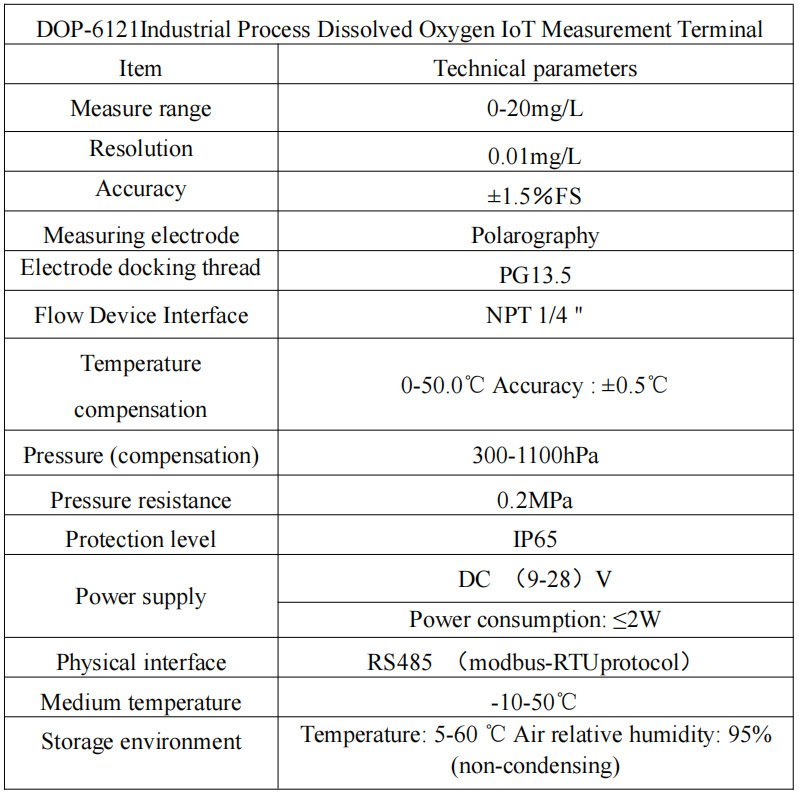
Furthermore, dissolved oxygen sensors are used to comply with regulatory requirements for water quality. Many environmental agencies set limits on the amount of dissolved oxygen that can be present in wastewater before it is discharged into the environment. By using dissolved oxygen sensors to monitor the levels of oxygen in the water, treatment plants can ensure that they are meeting these regulatory requirements and avoid potential fines or penalties for non-compliance.
Overall, dissolved oxygen sensors play a critical role in improving water quality in wastewater treatment plants. By optimizing the aeration process, monitoring the health of the treatment system, and ensuring compliance with regulatory requirements, these sensors help to ensure that the water discharged from treatment plants is safe for the environment and aquatic life.

